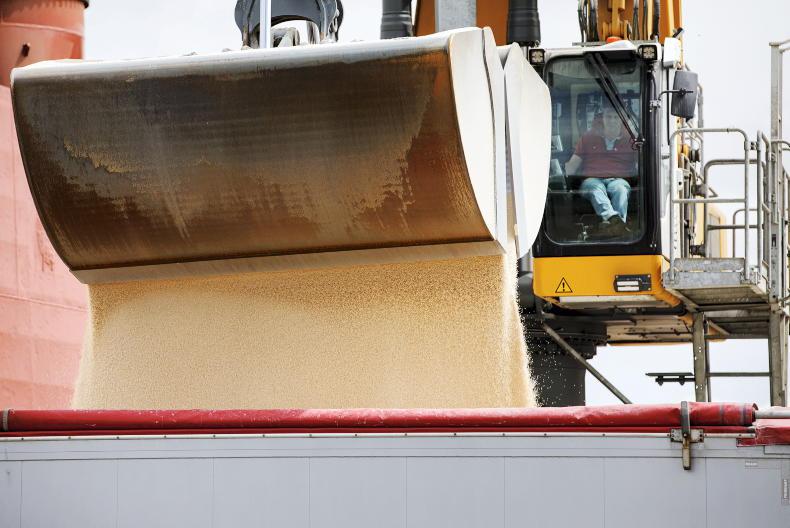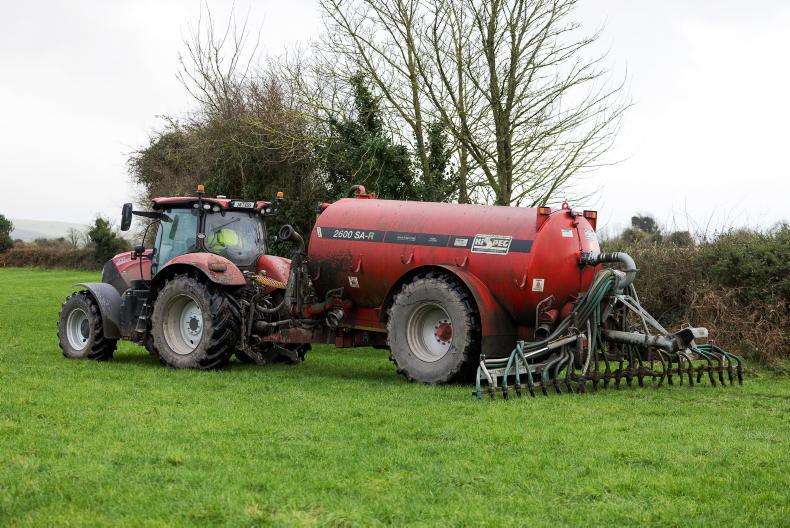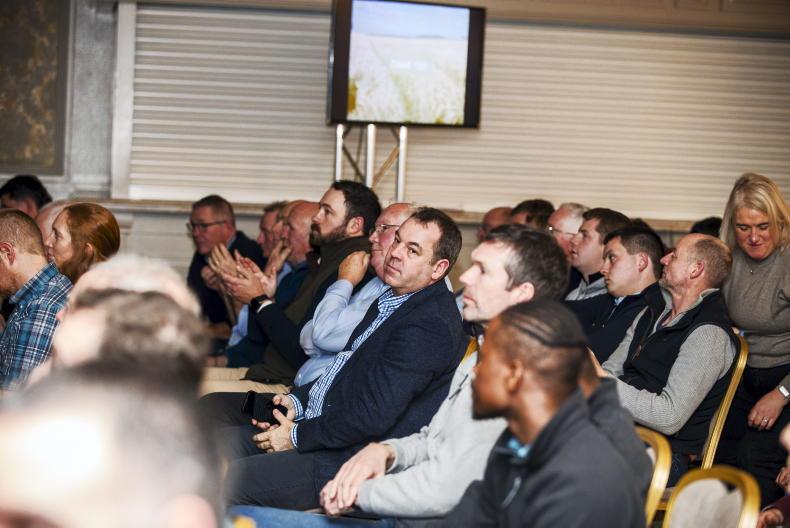The year 2025 will be a big one for the farming sector to check in on its progress towards reaching the emissions reduction targets set out in law, according to Teagasc director Frank O’Mara.
He told last Friday’s Teagasc Signpost webinar that if farmers do not meet the 2025 target, higher carbon cuts will effectively be needed before 2030.
“We have a 2030 headline target of reducing emissions by 25% but you know, there is a carbon budget for the period up to 2025 so that’s a big milestone,” the Teagasc chief said.
“If we haven’t stayed within our carbon budget by 2025, it makes the period after 2025 more challenging – the deficit will be brought forward from it.
“The sooner we take action the better and it’s not for me to say what the consequences of not reaching the target are, that’s obviously a decision for Government.
“But I would much prefer that we are in not in a position to have to worry about that. Let’s try and meet these targets and all put our shoulders to the wheel,” he commented.
Low-hanging fruit
O’Mara maintains that there is “still a lot of relatively low-hanging fruit” in the changes farmers can make to cut emissions.
He cited the examples of reducing age at slaughter and pulling back on the levels of chemical fertiliser used on farms.
These changes are among those which are “win-win” scenarios for farmers and the environment, as they are based on efficiency, the director said.
Ireland does, however, have “less room to improve” than other countries, as grass-based farming systems are relatively low-emitting when compared with more intensive systems.
Irish data needed
The webinar heard that in the area of soil carbon emissions and sequestration, current estimates are based on “default values” not generated in Irish emissions studies.
O’Mara said Teagasc research is ongoing to help fill this gap in knowledge but reminded attendees that as things stand, the figures being used in emissions calculations show that drained peat farmland emits more carbon than the rest of Ireland’s soils take in.
“But there is huge uncertainty around these figures and that is why there is need to generate these country-specific values,” he explained.










SHARING OPTIONS